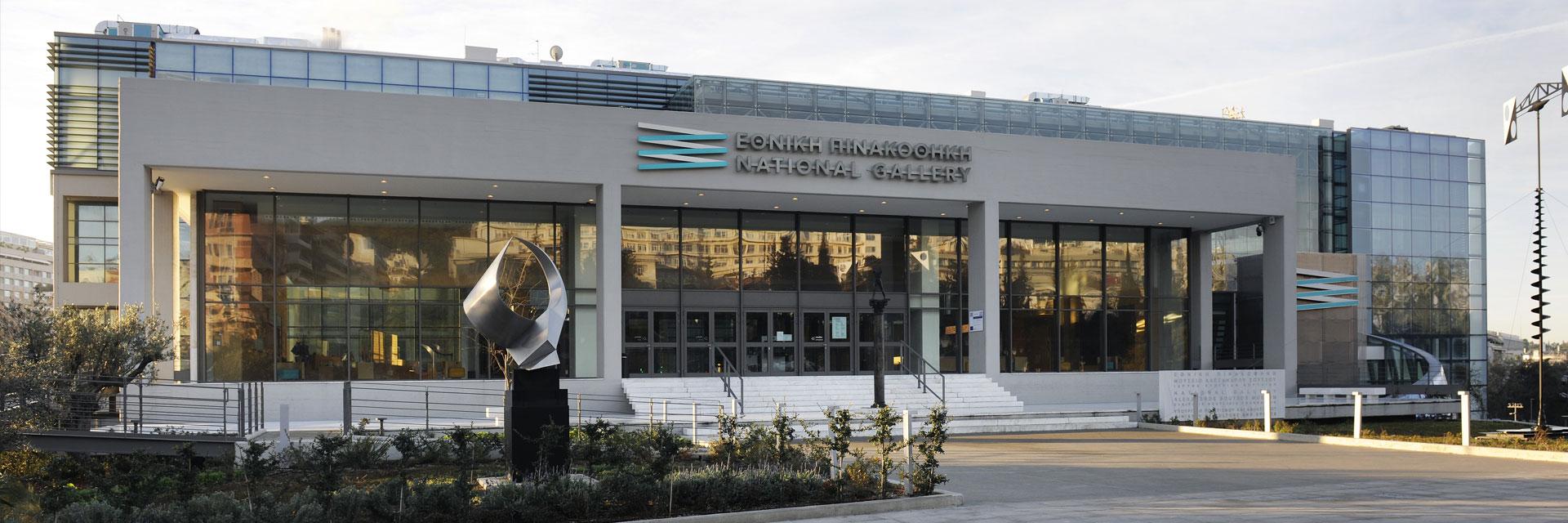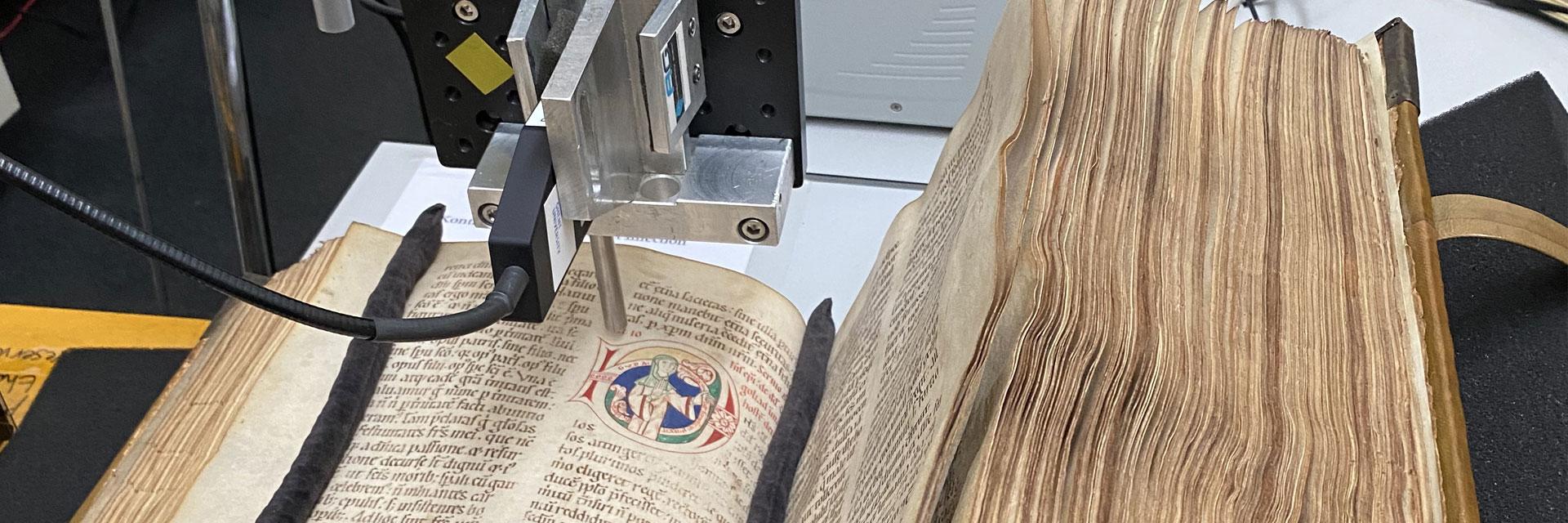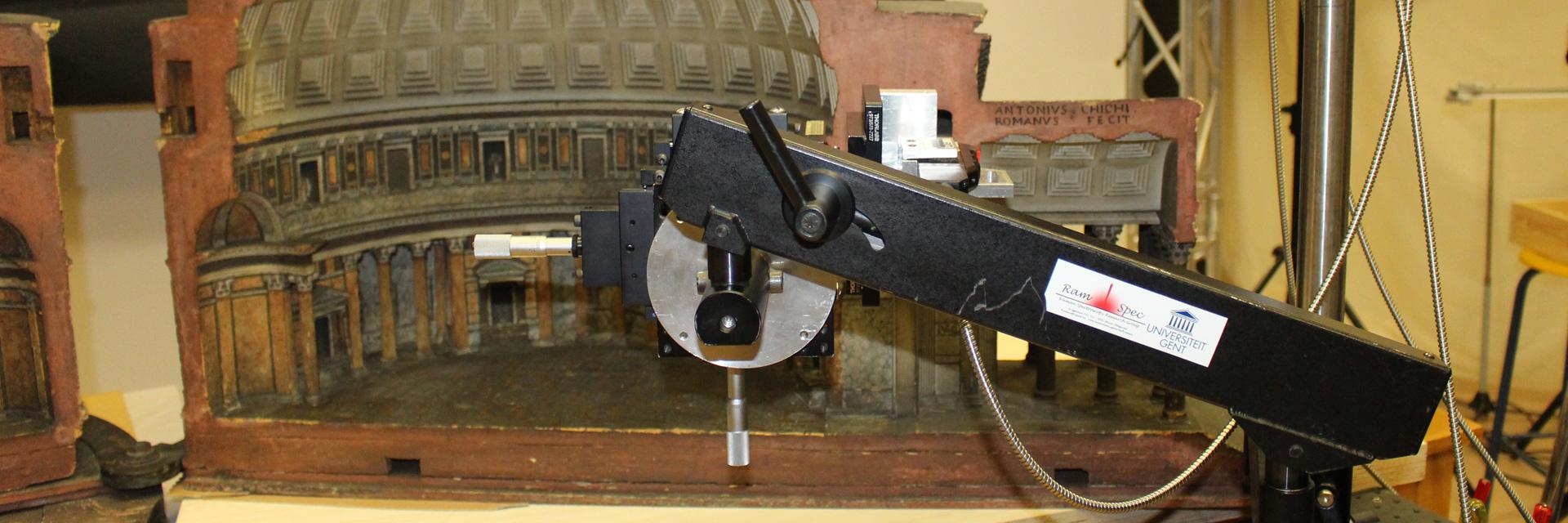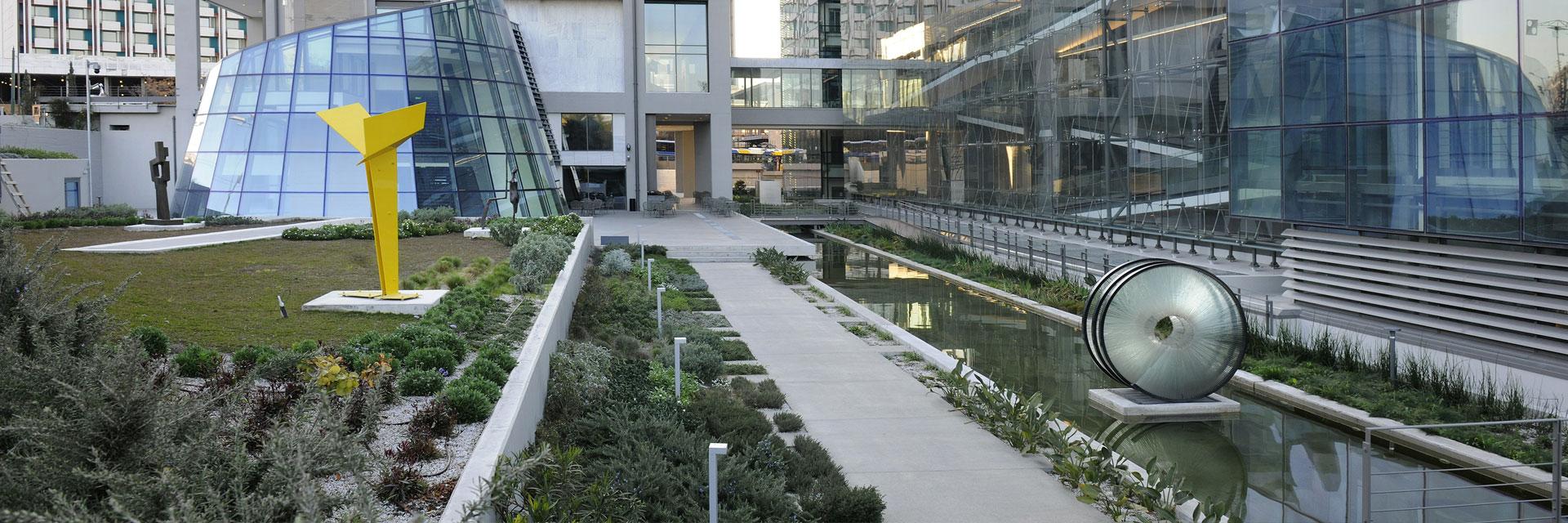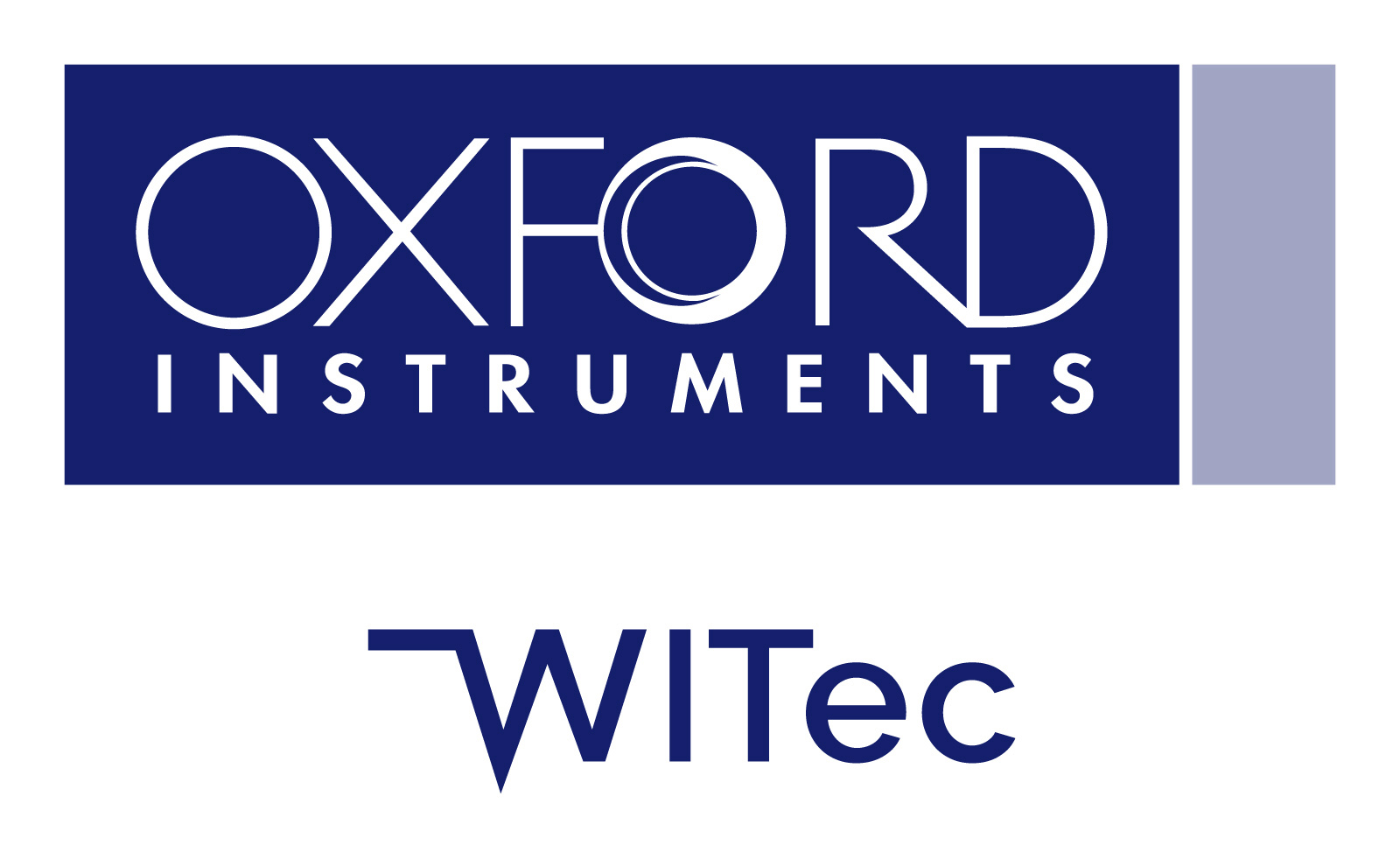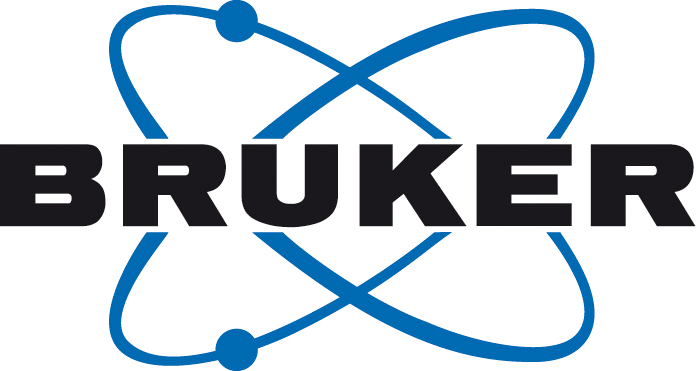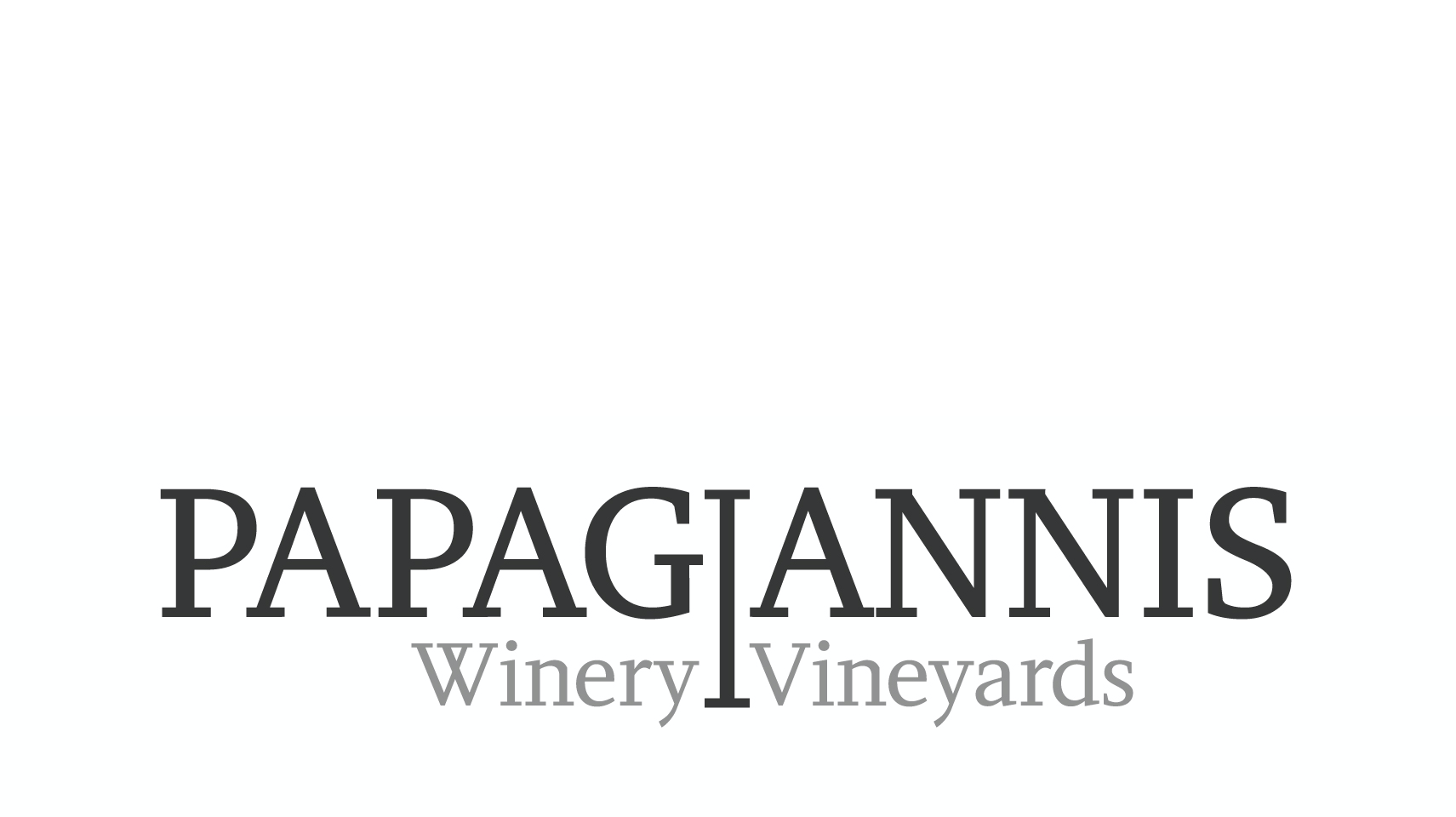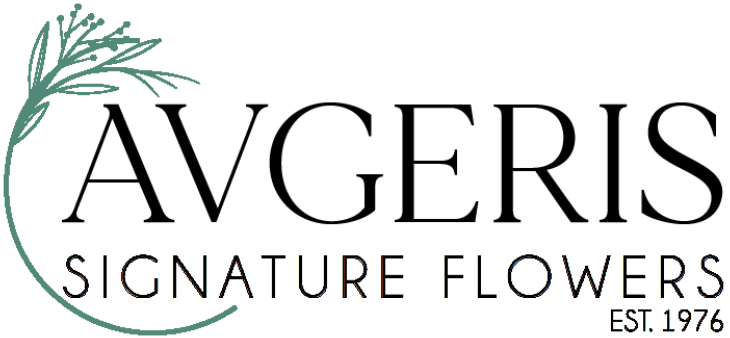Wednesday 06/09/2023, 09:30-10:00
Raman Spectroscopy against the harmful nitrogen based compounds in Materials of Cultural Heritage
Prof. Dr. Juan Manuel Madariaga
Department of Analytical Chemistry, University of the Basque Country (UPV/EHU), Bilbao, Spain
Summary: The talk will show different situations suffered by Cultural Heritage (CH) artifacts and assets where nitrogen based compounds (ammonium and nitric acid aerosol mainly) had a harmful effect. Those compounds (NH4NO3, NaNO3, KNO3, Ca(NO3)2.4H2O, Mg(NO3)2.6H2O, and (NH4,K)NO3 mainly) are detectable by Raman spectroscopy, and complementary techniques. In situ Raman data is the most adequate technique to perform an initial diagnosis and select, if needed, the most adequate samples to be collected to perform further studies in laboratory. Several examples on the detection of nitrogen based compounds will be presented. The diagnosis on the quality of the stalactites and stalagmites in a cave. The effect of traffic on the walls of a protected landfarm house from the 16th century. The impact of a modern urban atmosphere in the bricks of the facades of a monument in the Old Town of Bilbao. The problems originated by decomposition of organic matter on the medieval wall painting in a church located at 890 meters above sea level. The effect of industrial-harbour activities on a protected palace close to the sea. The nitrogen based compounds impacting the wall painting and walls in the archaeological city of Pompeii. The ammonium nitrate impact on medieval materials buried at less than 1 meter due to the grass of the gardens. All this expertise was gained in research campaigns using mainly portable Raman instruments.
Bio: Dr. Juan Manuel Madariaga (BSc in Chemistry, MSc and PhD in Analytical Chemistry) is Professor of Analytical Chemistry (University of the Basque Country, UPV/EHU, Bilbao, Spain) since 1993. Since 2002, he is leading the Research Group of Excellence IBeA (Research and Innovation in Analytical Chemistry) composed of 17 permanent staff researchers and near 24 predoc and postdoc researchers (https://www.ehu.eus/es/web/ibea). Indicators of research quality: Personal h-index 46 (Scopus), 353 research papers (Scopus), more than 550 Communications presented in National and International Congresses, being 38 of them Invited and Plenary Presentations. 34 PhD projects completed since 1987, acting as the supervisor or co-supervisor. Most of the research contributions are related to environmental issues around cultural heritage assets (archaeology, artworks and built heritage) and extraterrestrial materials, including the development of associated innovative analytical procedures and instruments to afford the new challenges.
Thursday 07/09/2023, 09:10-09:40
Surface-enhanced Raman spectroscopy for the study of cultural heritage: a colorful journey through past, present, and future
Dr. Federica Pozzi
Director of Scientific Laboratories, Centro per la Conservazione ed il Restauro dei Beni Culturali "La Venaria Reale", Turin, Italy
Summary: Since it was first introduced to the cultural heritage field, surface-enhanced Raman spectroscopy (SERS) has emerged as a promising analytical technique for the identification of organic colorants in artifacts of archaeological, historical, and artistic relevance. Continued research over the past 15 years has led to the construction of comprehensive spectral databases, to the synthesis and comparative study of various metal substrates, and to the evaluation of ad-hoc sample treatment methodologies and analytical protocols. Instrumentation and technique advancements have enabled researchers to overcome some of the unique challenges posed by the analysis of irreplaceable objects, including quasi non-destructive sampling, spatial resolution improvement, examination of insoluble compounds, and resolution of dye mixtures, while contextually expanding the range of materials detected with this technique. This lecture will review, through relevant case studies, the most salient methodological and technological milestones that have traced the history of SERS in the field of cultural heritage research to date.
Bio: Federica Pozzi is Director of the Scientific Laboratories at the Centro per la Conservazione ed il Restauro dei Beni Culturali “La Venaria Reale”, Turin, Italy. She earned her Ph.D. in Chemical Sciences in 2012 from the University of Milan, Italy, working for a year at The Metropolitan Museum of Art, New York. In 2012, Federica conducted post-doctoral research at the City College of the City University of New York and The Met. Between 2012 and 2014, she held an A.W. Mellon fellowship in conservation science at The Art Institute of Chicago, where she also actively collaborated with Northwestern University. In 2014, Federica joined the Solomon R. Guggenheim Museum, New York, as the first scientist on staff. In 2016, she was appointed Associate Research Scientist at The Met, where for five years she has led the Network Initiative for Conservation Science (NICS). While having performed extensive research with Raman and surface-enhanced Raman spectroscopy (SERS) for the identification of pigments and dyes, Federica has a broad experience with numerous analytical techniques and cultural heritage materials.
Saturday 09/09/2023, 09:10-09:40
Raman spectra facilitate screening of ancient teeth indicating their relative content in endogenous genetic material
Prof. Dr. Demetrios Anglos
Institute of Electronic Structure and Laser, Foundation for Research and Technolgy - Hellas (IESL-FORTH) and Department of Chemistry, University of Crete, Heraklion, Crete, Greece
Summary: Raman spectroscopy has been investigated as regards its potential to assess the protein content of ancient teeth, a strong indicator of the teeth preservation, and through this it has been found to provide indirect but sound indication for the presence of high levels of endogenous DNA. The relative organic content of tooth samples, expressed as a spectral ratio of the amide-to-phosphate bands (Am/P) exhibits a medium-level correlation with the amount of endogenous DNA determined independently. The combined use of (Am/P) with an additional indicator, C/P, which reflects the amount of carbonate ions in the phosphate matrix enables a satisfactory screening of samples poor in endogenous DNA versus rich ones.
Bio: Demetrios Anglos is Professor at the Department of Chemistry, University of Crete and Associated Researcher at IESL-FORTH, where he leads the Applied Spectroscopy Laboratory. The activities of his research group focus on a) the study of photophysics in molecules and novel nanomaterials with potential sensing applications, and b) the applications of laser spectroscopic techniques (LIF, LIBS, Raman spectroscopy) in the analysis of materials/objects coupled to the development of mobile, field-deployable instrumentation with diagnostic potential in heritage science. Over the past few years he has concentrated his attention on European and National Initiatives which aim at developing Research Infrastructures relevant to Cultural Heritage Science, E-RIHS (European Research Infrastructures for Heritage Science) and E-RIHS.gr.

